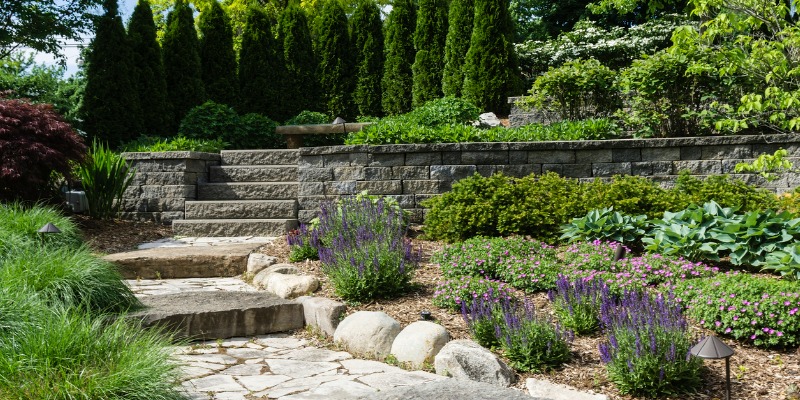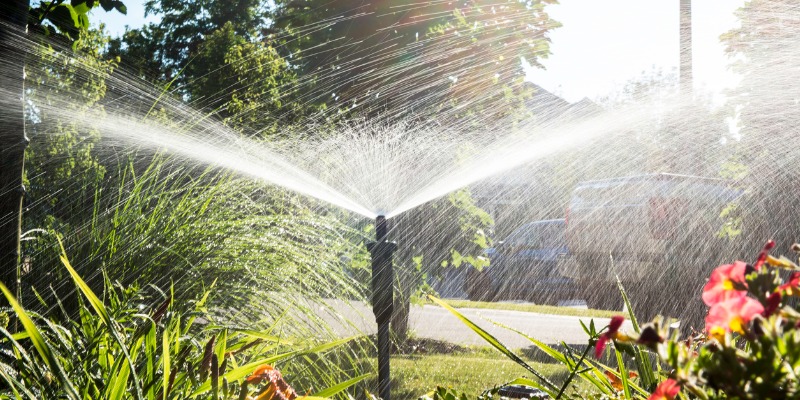
While there may be no official definition of sustainable landscaping, most experts would agree that it means engaging in landscaping activities and using products that are environmentally responsible. Quality, sustainable landscape design works alongside nature and not against it and gets by with little to no human intervention.
Landscape designs that benefit the environment will do well with local temperatures and weather patterns and can still look great despite being eco-friendly. Here are some of the things you can do to make your landscape designs more sustainable and environmentally friendly.
1. Strategic Tree Planting
Something as straightforward as planting trees can have a big impact on the sustainability of your landscape design and offer a range of benefits.
Passive heating uses natural means to lower home heating and cooling costs. By planting deciduous trees around your home, they will shade windows and doors in the summer for a cooling effect and then allow warm sun through in winter after the leaves have fallen. Shielding your heat pump from the hot summer sun with trees can also help to improve your AC efficiency by up to 30%.
Some of the other benefits of planting trees for sustainable landscaping include blocking out unwanted noises, improving the general air quality around the house and reducing your overall carbon footprint.
2. Reducing the Size of Your Lawn
Typically, having an environmentally friendly landscape means having less grass on your property. Less grass means you need less water for landscaping maintenance. Some of the ways you can do that are by planting flower beds or adding hardscapes like patios, paving stones, boulders or stepping stones.
3. Utilize Perennials and Grasses
Having annuals in your gardens may look great but they require more water to maintain than perennials. Choose perennials that suit your tastes and landscape design and also consider adding some tall grasses to your gardens. They don’t require much water and add a nice visual effect. If possible, plant your perennials in the fall when the temperatures are cooler and there is generally more rainfall.

4. Water Smart Irrigation
Wasting water is one of the biggest issues when it comes to conventional landscaping, which is why a sustainable landscape design utilizes environmentally friendly water irrigation systems. If you install a drip irrigation system, you can water plants and flowers without waste. Another tip is to do any watering in the evening or early in the morning to minimize evaporation and get more bang for your buck, and only water when it’s necessary.
5. Use Rain Barrels
The concept of collecting rainwater has been around for a long time, and it’s a great way to collect the water you need for your outdoor watering needs. How many barrels to use depends on the size of your property and your needs, but positioning at least one under the downspout of your gutters is a good start.
Achieving a beautiful and environmentally responsible landscape design is possible when you trust Natural Landscape Group. Contact us today.
Sources:
https://easyturf.com/2017/04/creating-environmentally-friendly-landscape/
https://www.platinumsdgroup.com/blog//5-eco-friendly-landscape-architecture-methods-for-islip-ny
https://www.dumpsters.com/blog/what-is-sustainable-landscaping
https://happyhiller.com/blog/plant-trees-summer-savings-winter-warmth/

